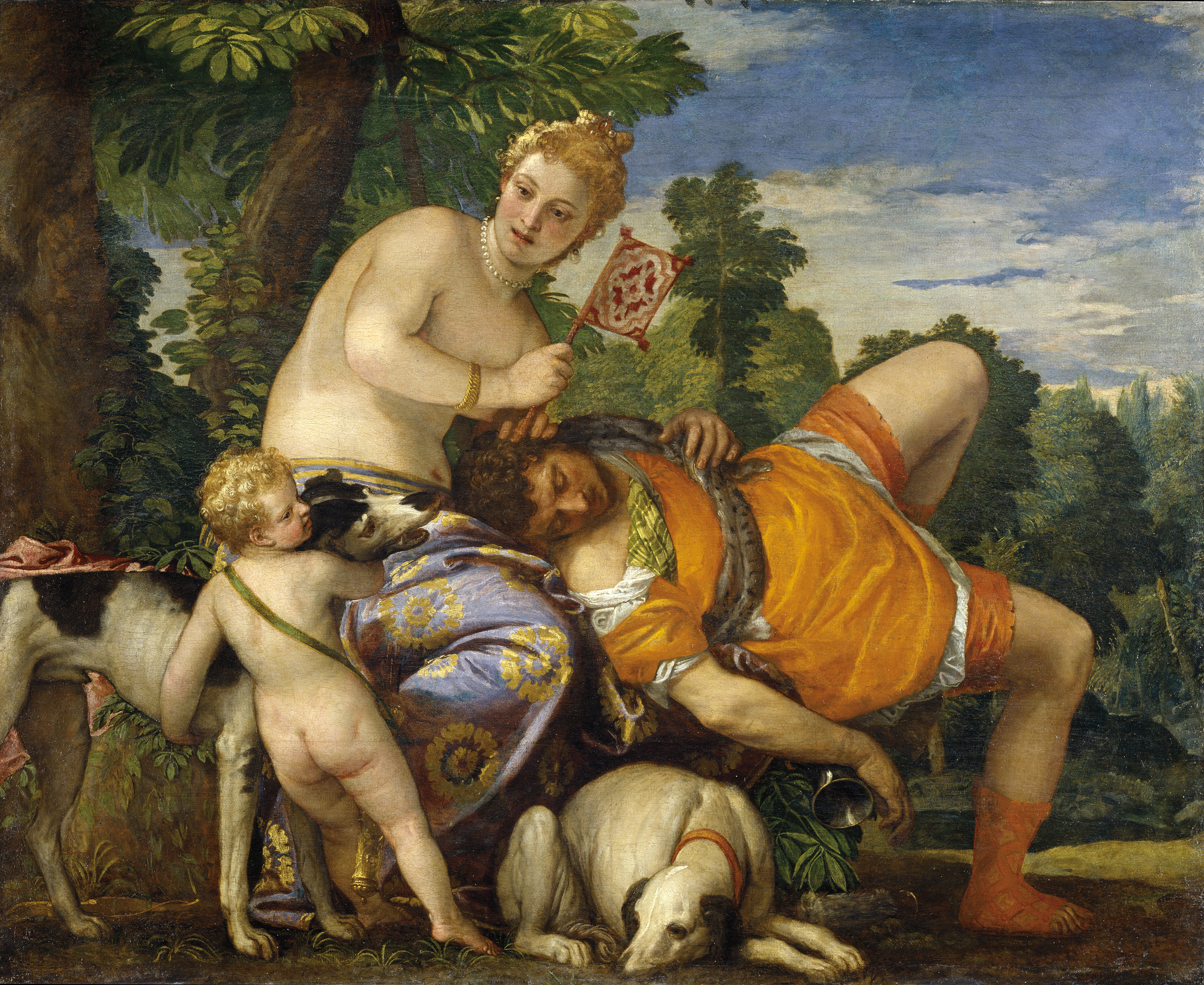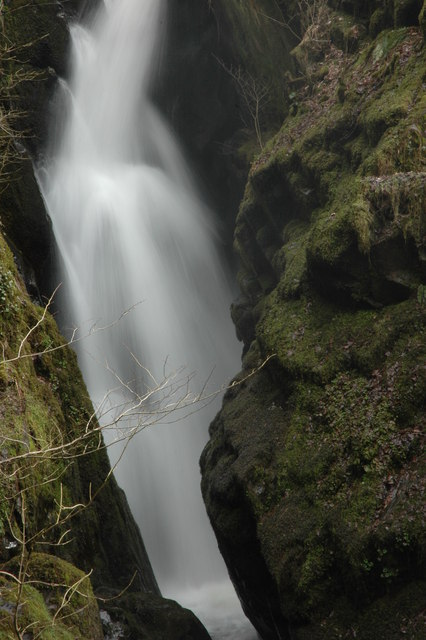Waterfalls are a favourite subject of artists and photographers alike. Discussing painting and literature, Brian J. Hudson points out that “the popularity of waterfalls appears to have grown considerably between the seventeenth and nineteenth centuries [.. in] the period of the Grand Tour” (2012: 105). This was the era in which rich young men toured around Europe, taking in the sights. Incidentally, it’s also a period of folk tales and legends.
The force of the water has a sense of energy often missing from streams or even rivers. So it’s hardly surprising that legends might spring up about these wonderful sites. And people love to visit them! Niagara Falls, straddling the US/Canadian border, welcomes around 14 million visitors every year.

Even more, some waterfalls have origin myths that explain how they came to be in the first place. So come with me now and let’s explore some waterfall folklore, myths and legends! Hit play to hear the podcast episode or keep reading!
Afqa Falls, Lebanon
The Afqa waterfall in Lebanon is linked with Greek myth. It’s the source of the River Adonis, which gives us the clue as to which myth we’re dealing with. It’s that of Adonis and Aphrodite.
Aphrodite was the goddess of love and beauty, and she fell in love with the beautiful youth, Adonis. According to Sir James Frazer, this waterfall marked the site where Adonis met Aphrodite, either for the first or the last time (1993: 328).

There was only one problem. Ares, the god of war and Aphrodite’s lover, was jealous of her relationship with Adonis. He apparently sent a boar to kill him and Adonis bled to death from his wounds. In fact, he died beside the pool at the foot of the falls (Hudson 2012: 99).
He was apparently buried here. The entire valley ended up dedicated to Adonis, especially when the red anemones bloomed (Frazer 1993: 329).
In the myth, Aphrodite is so upset that the gods let Adonis leave the underworld for a short time every year to be with her again.

There is a variation to this myth.
In it, Aphrodite so feared competition for Adonis’ affections that she hid him in a chest. For some reason, she left the chest with Persephone in the underworld. Persephone opened the chest and discovered the handsome youth. She was so taken with him that she refused to give him back. This led to a tussle between the goddesses of love and death over Adonis (Frazer 1993: 327). Zeus had to intervene to decree that Adonis spent part of the year with Persephone, and part of the year with Aphrodite. Yet Ares decided to take matters into his own hands by sending the boar to kill Adonis.
The scarlet anemones that grow in the area near the waterfall apparently sprang from his blood. They bloom each year to remember him (Kirby 2007).
Marmore Falls, Italy
It’s not just the River Adonis that gets its own origin story. The Cascata delle Marmore, or Marmore Falls, in Umbria, Italy, has one too. The falls are so spectacular that Lord Byron immortalised them in ‘Childe Harold’s Pilgrimage’ after he visited in 1817 (Donati 2015).
The River Velino falls over the Marmore cliff into the River Nera. According to the legend, Velino was originally a shepherd boy. Nera was a beautiful nymph. The pair fell in love, as people are wont to do in origin myths (Summer in Italy 2001-21).
Unfortunately for them, the goddess Juno, wife of Jupiter, found out about their relationship. She considered it beneath Nera and decided to punish the pair. Juno took her to Mount Carrier and turned the nymph into the River Nera.
Velino sought a sibyl to find out what happened to his missing love. He jumped off the cliff into the River Nera to be with her again. His jump became immortalised as the Marmore Falls, which represents their love.
There is another version of the legend. Velino the shepherd boy saw nymph Nera bathing in the river. He fell in love with her, but she rejected him. Velino threw himself off the cliff above the river (Donati 2015). Somehow—the legend isn’t clear on this part—this created the waterfall.
Or does it?
They’re both a nice story but sadly untrue. The Romans made the waterfall in 271BC to divert the Velino River. They thought the river carried malaria and considered it a threat to their city, Rieti. It’s 541 feet tall, making it the tallest artificial waterfall in the world (Wolfe 2021).
Their engineers built a canal to take the river away from the valley and off the cliff at Marmore. Its origin story is nothing more than waterfall folklore.
Aira Force, Cumbria, UK
Cumbrian falls Aira Force appears in local waterfall folklore. Its name come from Old Norse. Eyrr refers to a gravel bank and á means river. Fors is a waterfall. So Aira Force basically means the waterfall on the gravel bank river. Fors became Force, explaining the choice of ‘Force’ for various waterfalls in northern England (such as High Force).
After visiting Aira Force, Samuel Taylor Coleridge wrote in 1799, “What a sight it is to look on such a cataract. The wheels that circumvolve in it, the leaping up and plunging forward of that infinity of pearls and glass bulbs. The continual change in the matter, the perpetual sameness of the form” (quoted in Symington 2015). The animation and sheer force of such falls could explain the fascination for waterfall folklore.

A castle once stood near the Force. Its lord had a daughter named Emma, who was engaged to the noble knight, Sir Eglamore. Our plucky knight left to fight on the continent but his absence made Emma ill.
She started sleepwalking and kept heading up to the Force, where she used to meet Sir Eglamore. One night, he came back to the castle to find her gone. Following her trail, he found her by the Force. She woke up when he touched her but she slipped on the wet rocks. She fell into the waterfall and Sir Eglamore dived in after her. He managed to pull her to safety but she died after he dragged her onto the shore.
The legend claims Sir Eglamore moved into a nearby cave to live out his days as a hermit. According to the story, reports of a ghost near Aira Force refer to Emma (Westwood 2005: 123). Some think this legend inspired William Wordsworth’s poem, The Somnambulist.
Or…maybe not
Jennifer Westwood and Jacqueline Simpson offer an alternative version. Wordsworth dictated a note in 1843, in which he described visiting the Lake District with friends (2005: 123). During the visit, someone staying at Lyulph’s Tower heard a woman scream in the night.
It turned out a young woman staying there was prone to sleepwalking. She’d woken herself up trying to open the outer door and cried out. The story planted a seed for Wordsworth, who apparently created the story which turned into The Somnabulist.

Yet even if the legend isn’t true, Aira Force still has another trick up its sleeve. It boasts a tale of a would-be fetch. Another story describes a young woman who went to the waterfall to sketch it. She managed to get stuck while scaling the rocks around it, and couldn’t figure out how to get down. With no one to help, she feared the worse.
Suddenly, a woman in white appeared some 180m away. She beckoned to the young woman, who spotted a route to safety she hadn’t seen before. She followed her guide’s directions and found her way towards the figure. To her surprise, the figure was her sister! She followed the figure until she was safely away from the falls, when the figure vanished. When the woman returned home, she found her sister safe in the house, having not left the building all day (Westwood 2005: 125).
Glymur, Iceland
Glymur is Iceland’s second-highest waterfall at 198m high. Its name means ‘a noise’, referring to the rumbling the waters make. And as you’d expect, it comes with a slice of waterfall folklore to explain its name.
There’s an island in the nearby fjord where men would go to collect eggs. According to the legend, on one summer journey, a storm hit (Arctic Adventures 2021). The men leave one of their number behind, meaning to come back for him later. They can’t get back until the spring, and they assume their friend is dead.
Imagine their surprise when they reach the island and they meet the man. He looks fine but doesn’t tell them how he survived on the island all winter.
A few months later, someone leaves a baby on the steps of the church. No one recognises the material that makes up the blanket covering the baby. A priest offers to christen the baby if someone will claim it, but no one does. Including the man.
A beautiful woman turns up and claims the baby back, but not before she curses the man to become a whale. You can guess why she picks on him and what he got up to on the island during the winter. He’d promised to have the baby christened, yet he goes back on his word once he’s back among his community.
The whale starts terrorising the local area, sinking ships and killing fishermen. The whale kills the two sons of a blind man. Furious and keen for revenge, the blind man lures the whale up the fjord. He leads it along Botnsá river and into Hvalvatn (whale lake). The whale finally died of exhaustion, but the noise it made while crawling up the waterfall gave Glymur its name (Arctic Adventures 2021).
What Other Waterfall Folklore Do You know?
It’s unlikely that most of this waterfall folklore is true—just look at the Wordsworth effect on Aira Force. But it stands as a testament to the power of these (mostly) natural phenomena that humans continue to share stories about them.
From the sites of tragedy to symbols of eternal love, waterfalls provide a fantastic backdrop for myths and legends. What other tales do you know? Comment below and let me know! Or sign up below and get notified of new articles every week.
References
Arctic Adventures (2021), ‘Glymur Waterfall’, Arctic Adventures, https://adventures.is/iceland/attractions/glymur/.
Donati, Silvia (2015), ‘Man-Made Wonder: The Marmore Waterfall’, Italy Magazine, http://bit.ly/2OPMJNq.
Frazer, Sir James (1993), The Golden Bough: A Study in Magic and Religion, Ware, Herts: Wordsworth Editions.
Hudson, Brian J. (2012), Waterfall: Nature and Culture, London: Reaktion Books.
Kirby, Walter (2007), ‘Afka Falls in Lebanon’, Speleo Philately, http://bit.ly/30BhxEt.
Summer in Italy (2001-21), ‘Marmore Waterfalls’, Summer in Italy, http://bit.ly/30Pf9dz.
Symington, Martin (2015), ‘Legends of Iguazu Falls’, Wanderlust, https://www.wanderlust.co.uk/content/legends-of-iguaz%C3%BA-falls/.
Westwood, Jennifer, Simpson, Jacqueline (2005), The Lore of the Land: A Guide to England’s Legends, London: Penguin.
Wolfe, Kerry (2021), ‘Cascata delle Marmore (Marmore Falls)’, Atlas Obscura, http://bit.ly/2OP8SLP.
Nutty about folklore and want more?
Add your email below and get these posts in your inbox every week.
You'll also get my 5-step guide to protecting your home using folklore!








Enjoyed this episode! Thank you!
My pleasure!
Hi! Which reference contains the Samuel Taylor Coleridge quote? Thanks!
Hiya, I forgot to add it so I’ve just updated the post. You can find bits of the quote in other places, but that’s the only website where I found the entire quote. Hope that helps!
Thanks, but actually I still wasn’t able to find your source or find it anywhere else, at least not in regards to that exact waterfall, which explains it. According to Wikipedia (and the sources they cite), he actually wrote that in 1802, not 1799, after visiting Moss Force, not Aira Force. It is from a letter he wrote which is included in a collection published by Oxford University Press. https://en.wikipedia.org/wiki/Moss_Force
That would explain why I couldn’t find it then. I’ll take that out of the article. Thanks for letting me know.